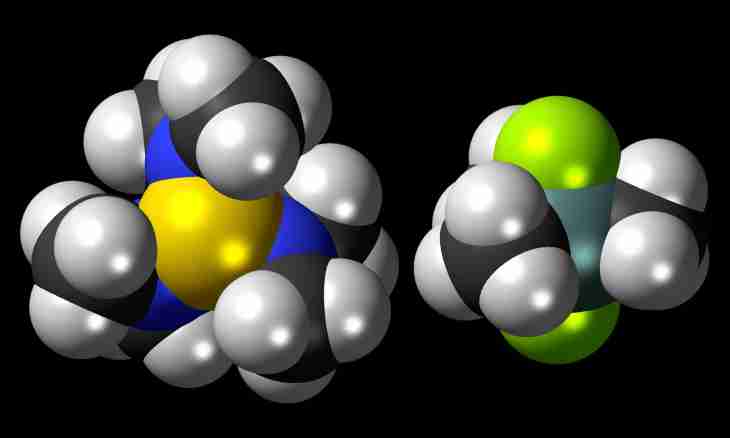The most important classes of inorganic compounds are oxides, acids, the bases, amphoteric hydroxides and salts. The general properties and ways of receiving are characteristic of each of these classes.
By the present moment more than 100 thousand various inorganic substances are known. That somehow to classify them, they are divided into classes. In each class the substances similar in the structure and properties are integrated. All inorganic substances are subdivided into simple and difficult. Distinguish metals from simple substances (Na, Cu, Fe), nonmetals (Cl, S, P) and inert gases (He, Ne, Ar). Such extensive classes of substances as oxides, the bases, acids, amphoteric hydroxides and salts belong to complex inorganic compounds already.
Oxides
Oxides are connections of two elements, and one of them – oxygen. They have the general formula E(m) O(n) where "n" shows number of atoms of oxygen, and "m" is number of atoms of other element. Oxides are salt-forming and not salt-forming (indifferent). Salt-forming oxides in interaction with acids or the bases form salts, indifferent – do not form salts. Only several oxides concern the last: CO, SiO, NO, N2O. Salt-forming oxides are divided already into the main (Na2O, FeO, CaO), acid (CO2, SO3, P2O5, CrO3, Mn2O7) and amphoteric (ZnO, Al2O3).
Bases
Molecules of the bases consist of atom of metal and hydroxide groups – OH. Their general formula – Me(OH)y where "y" shows the number of hydroxide groups corresponding to metal valency. By solubility of the basis classify on soluble in water (alkali) and insoluble, by number of hydroxide groups – on one-acid (NaOH, LiOH, KOH), two-acid (Ca(OH)2, Fe(OH)2) and three-acid (Ni(OH)3, Bi(OH)3).
Acids
Acids consist of the atoms of hydrogen capable to be replaced with metal atoms, and the acid remains. They have the general formula H (x) (Ac) where "Ac" designates the acid rest (from English acid – acid), and "x" shows the number of hydrogen atoms corresponding to the valency of the acid rest. On basicity, i.e. number of atoms of hydrogen, acid divide into monobasic (HCl, HNO3, HCN), bibasic (H2S, H2SO4, H2CO3), the three-main (H3PO4, H3BO3, H3AsO4) and quadribasic (H4P2O7). Acids with two and more atoms of hydrogen are called polybasic. On availability of atoms of oxygen in a molecule of acid divide into oxygen-free (HCl, HBr, HI, HCN, H2S) and oxygen-containing – oxoacids (HNO3, H2SO4, H3PO4). Oxygen-free acids represent result of dissolution of the corresponding gases in water (chlorohydrogen, a bromovodorod, hydrogen sulfide and others), and oxoacids are hydrates of acid oxides – products of their connection with water. For example, SO3+H2O=H2SO4 (sulfuric acid), P2O5+3H2O=2H3PO4 (phosphoric acid).
Amphoteric hydroxides
Amphoteric hydroxides have properties of acids and the bases. Their molecular formula can be also written down in the form of the basis or in the form of acid: Zn(OH)2≡H2ZnO2, Al(OH)3≡H3AlO3.
Salts
Salts are products of replacement of hydrogen atoms with metals in molecules of acids or hydroxide groups in molecules of the bases the acid remains. At full replacement, average (normal) salts are formed: K2SO4, Fe(NO3)3. Incomplete replacement of atoms of hydrogen in molecules of polybasic acids gives sour salts (KHSO4), hydroxide groups in molecules of the multiacid bases – the main salts (FeOHCl). There are, besides, complex and double salts.

